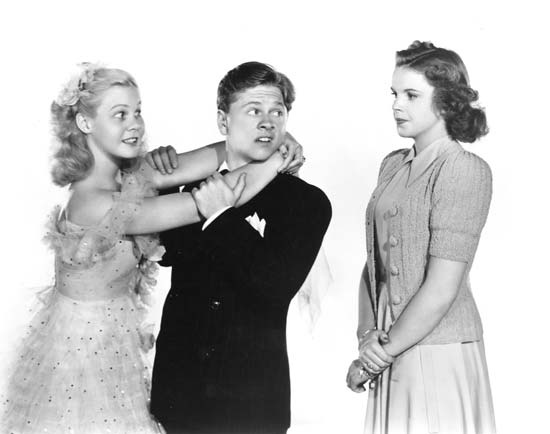Berkeley, Busby
American director
original name William Berkeley Enos
born Nov. 29, 1895, Los Angeles
died March 14, 1976, Palm Springs, Calif., U.S.
American motion-picture director and choreographer who was noted for the elaborate dancing girl extravaganzas he created on film. Using innovative camera techniques (cinematography), he revolutionized the genre of the musical in the Depression era.
Berkeley's parents were itinerant actors. He was on the stage at the age of five and eventually moved from comedy acting and dancing to directing plays and musicals. As a Broadway choreographer he directed the dancing in more than 20 musicals (musical). In 1930 Samuel Goldwyn, the film producer, brought him to Hollywood to do the dance numbers for the musical Whoopee (1930).
During the following decade Berkeley directed for Warner Brothers and completed his most creative work. Gold Diggers of 1933 (1933) and Footlight Parade (1933) are representative in their subordination of plot to spectacle. Believing 20 dancers were better than one, Berkeley used huge chorus lines and new technical methods to create a mood of opulent prosperity. Berkeley's production trademarks are props such as mirrors and special lighting, coupled with a camera mounted on a monorail for easy movement. These movies have been called exhilarating, yet they are oddly surreal in the multiplication of images.
 In 1939 Berkeley began directing popular but less innovative films for Metro-Goldwyn-Mayer Studios. Rising production costs made further spectacles unfeasible, and with The Gang's All Here (1943) such films became far less extravagant.
In 1939 Berkeley began directing popular but less innovative films for Metro-Goldwyn-Mayer Studios. Rising production costs made further spectacles unfeasible, and with The Gang's All Here (1943) such films became far less extravagant.Critics agree that Berkeley liberated musicals from the traditional genre, giving viewers a sense of freedom and escape during the Great Depression. In the late 20th century Berkeley's films enjoyed a nostalgic revival, and in 1970 the New York Gallery of Modern Art presented a Berkeley retrospective. Berkeley himself returned briefly to Broadway to supervise a production of No No Nanette with Ruby Keeler in 1970.
- Artaxerxes III
- Artaxias
- Art Blakey
- art brut
- Art Center College of Design
- art collection
- Art Collections, and Botanical Gardens Huntington Library
- Art Collections Huntington Library, and Botanical Gardens
- art conservation and restoration
- art criticism
- Art Deco
- Arteaga, Rosalía
- arte mayor
- arte menor
- Artemidorus
- Artemis
- Artemisa
- artemisia
- Artemisia Gentileschi
- Artemisia I
- Artemisia II
- Artemisium, Battle of
- Artemis, Temple of
- Artemivsk
- Artemus Ward